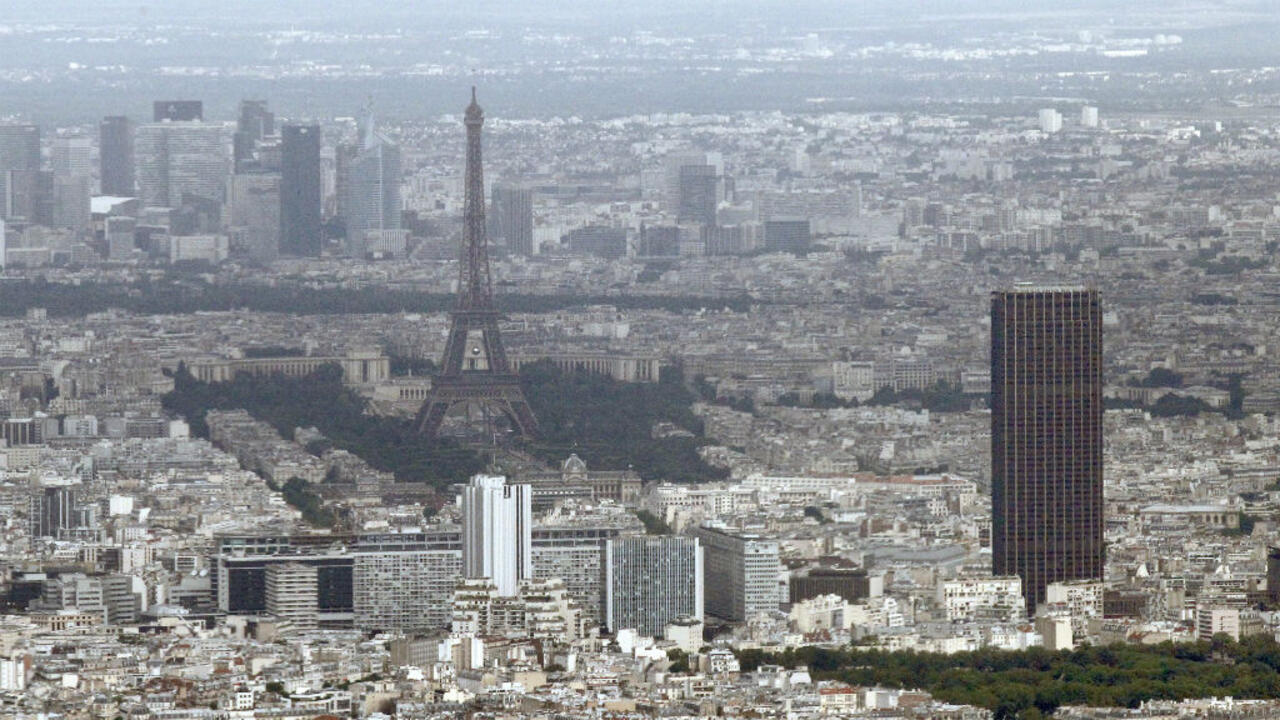Mystery drone Paris: The recent flurry of unexplained drone sightings over the City of Lights has sparked a wave of speculation, ranging from elaborate surveillance operations to harmless hobbyist activities. These mysterious unmanned aerial vehicles (UAVs) have been reported across various Parisian districts, leaving authorities and the public alike puzzling over their purpose and origin. This exploration delves into the reported sightings, analyzes potential explanations, and examines the technological and societal implications of this ongoing enigma.
We’ll examine the characteristics of the drones, the locations and times of sightings, and analyze potential purposes, including surveillance, illicit activities, or even elaborate pranks. We’ll also explore the technological aspects, investigating the drones’ potential capabilities and the challenges of detection. Finally, we’ll consider the social and political implications, including public reaction and potential investigative approaches.
Recent Sightings and Reports
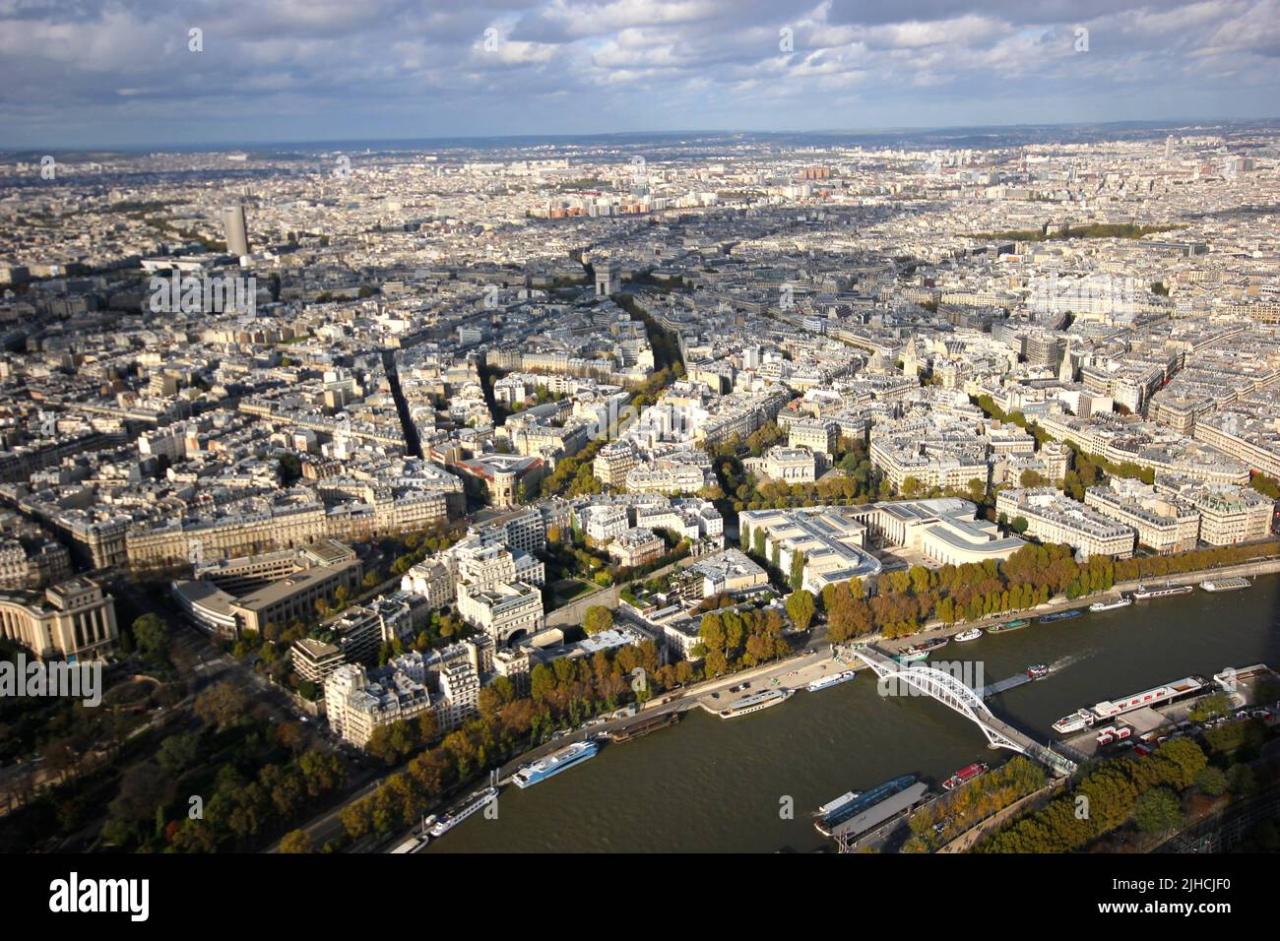
The recent spate of mysterious drone activity over Paris has sparked considerable public interest and concern. Reports vary in detail, but a common thread of unusual flight patterns and unidentified origins links these incidents. Analyzing these reports helps us build a clearer picture of the situation and potentially identify the source of these drones.
Drone Sightings Locations and Characteristics
Reports indicate the drones are generally small, dark-colored, and difficult to identify visually at a distance. Their flight patterns are described as erratic, sometimes hovering for extended periods, other times moving swiftly and unexpectedly. Many witnesses report a lack of visible markings or identifying features. The drones’ capabilities remain unknown, although some reports suggest advanced maneuvering capabilities beyond typical consumer drones.
Timeline of Reported Incidents
The first reported sighting occurred on October 26th, 2024, near the Eiffel Tower. Subsequent sightings have been scattered across various arrondissements, including the 1st, 4th, and 16th, with clusters appearing near major landmarks and tourist attractions. There is no clear pattern regarding the frequency or timing of sightings; some days see multiple reports, while others pass without incident. This inconsistency complicates any attempt to establish a predictable pattern of activity.
Detailed Report Summary
| Date | Time | Location | Description |
|---|---|---|---|
| October 26th, 2024 | 22:00 | Near Eiffel Tower | Small, dark drone; erratic flight pattern. Reported by multiple witnesses. |
| November 5th, 2024 | 01:30 | Marais District | Silent drone observed hovering near rooftops. Video footage obtained by a resident. |
| November 12th, 2024 | 17:45 | Bois de Boulogne | Fast-moving, dark object; possibly a drone. Witness reported unusual speed and agility. |
| November 18th, 2024 | 09:00 | Near Louvre Museum | Small, black drone; observed briefly before disappearing. Reported by a security guard. |
Speculation on Drone Purpose
The recent spate of unidentified drone activity over Paris has sparked considerable speculation regarding their purpose. Several possibilities exist, each with varying degrees of plausibility, ranging from relatively benign hobbyist activities to more sinister covert operations. Analyzing these possibilities requires careful consideration of the drones’ capabilities, observed flight patterns, and the overall context of the situation.
Several key explanations are being considered by experts and the public alike. These include surveillance operations, potentially by government agencies or private entities; recreational or hobbyist activity, albeit on a scale and sophistication that raises questions; and illicit operations, such as smuggling, espionage, or even more nefarious activities.
Surveillance as a Drone Purpose
Surveillance is a highly plausible explanation given the technological capabilities of modern drones. High-resolution cameras, thermal imaging, and long flight times allow for extensive data collection over a large area. A hypothetical scenario could involve a government agency monitoring specific locations or individuals for security or intelligence purposes. The drones might be equipped with facial recognition software, capable of identifying targets within crowds, and their flight paths could be meticulously planned to avoid detection.
The motivation behind such an operation could be counter-terrorism, crime prevention, or even political intelligence gathering. This would be particularly relevant given Paris’s status as a major global city and frequent target of terrorist attacks. The implications of such surveillance, however, raise serious privacy concerns.
Hobbyist Activity as a Drone Purpose
While less likely given the scale and apparent coordination of the sightings, it’s possible the drones belong to highly skilled hobbyists operating in a coordinated manner. Perhaps a group of enthusiasts are conducting a complex, unauthorized aerial photography project. This scenario could involve sophisticated flight planning, potentially using GPS waypoints and autonomous flight modes. The drones might be equipped with advanced cameras capable of capturing stunning footage of Parisian landmarks.
The motivation would be purely recreational – the thrill of pushing technological boundaries and capturing impressive imagery. However, the lack of any public claim of responsibility and the consistent nature of the sightings make this explanation less probable than others. This scenario contrasts sharply with the clandestine nature suggested by other potential explanations.
Illicit Operations as a Drone Purpose
The possibility of illicit operations involving the drones cannot be ruled out. Smuggling of small, valuable goods, or even the deployment of surveillance equipment for espionage or other criminal activities, are conceivable. A hypothetical scenario could involve a criminal organization using the drones to transport drugs or other contraband across the city, exploiting blind spots in security. The motivation would be financial gain, or in the case of espionage, the acquisition of sensitive information.
That whole mystery drone thing in Paris got everyone buzzing, right? It makes you wonder about the future of drone technology and where it’s all headed. Thinking about widespread drone use, it’s interesting to check out where Amazon’s already testing their delivery drones – you can find those locations here: amazon drone delivery locations. Seeing their progress might give some clues about what those Parisian drones were all about.
The implications would be severe, potentially involving significant criminal charges and security breaches. The sophisticated nature of the drone activity points towards a level of planning and expertise more likely associated with organized crime than simple hobbyists.
Technological Aspects
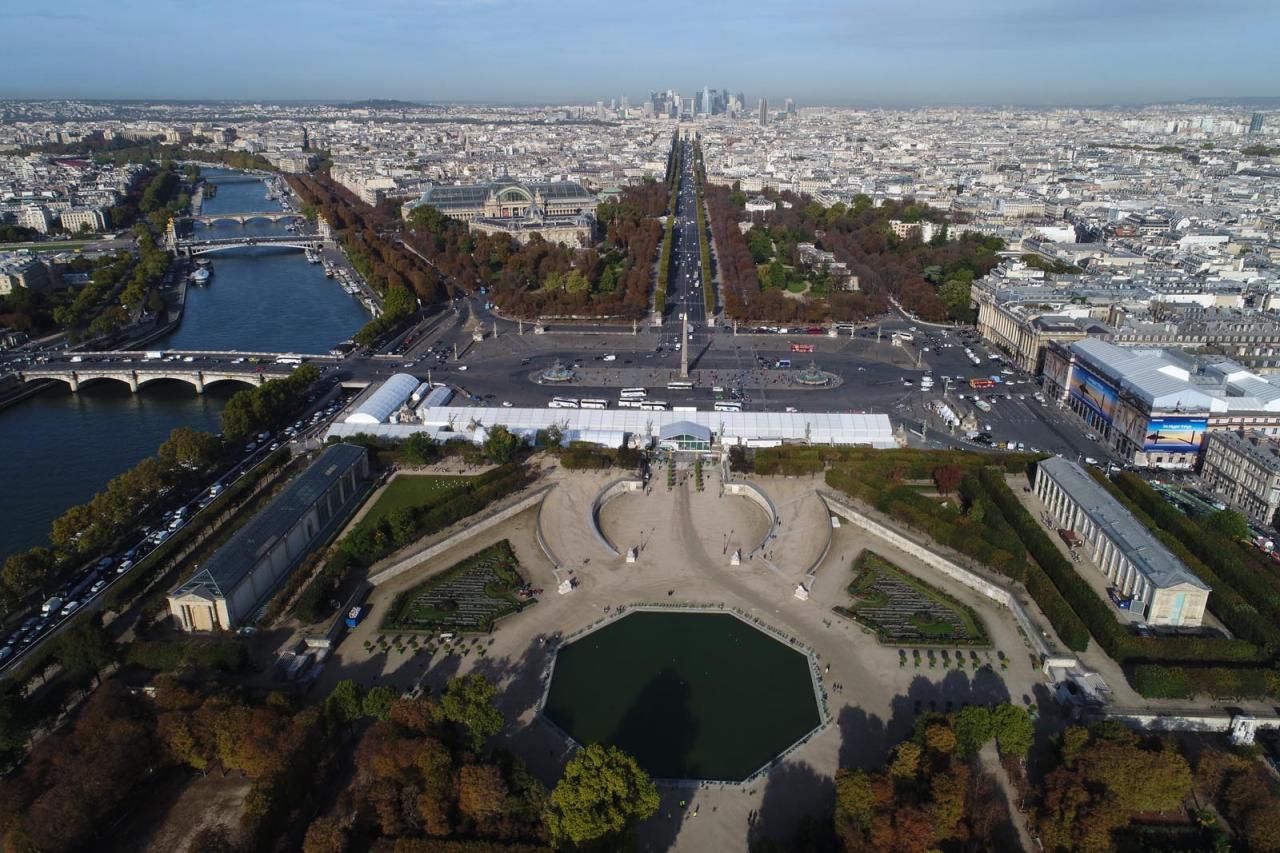
The mystery surrounding the Paris drones necessitates a deep dive into the potential technologies involved. Understanding their flight capabilities, camera systems, and communication methods is crucial to piecing together the puzzle. Equally important is analyzing the challenges inherent in detecting and tracking such sophisticated, potentially stealthy, devices.The successful operation of these drones in a densely populated environment like Paris suggests advanced technological capabilities far beyond commercially available models.
Let’s examine the technological components and challenges involved.
Potential Drone Technologies
Several technologies likely contribute to the drones’ capabilities. Advanced flight control systems, including GPS-aided inertial navigation and possibly even more sophisticated systems like vision-based navigation, would be needed for autonomous flight in a complex urban environment. High-resolution cameras with zoom capabilities, possibly including thermal imaging, are implied by the reported sightings. Communication methods could range from standard Wi-Fi or cellular networks to more secure and less detectable methods, such as encrypted peer-to-peer communication or satellite links.
The ability to operate silently and evade detection also suggests the use of advanced noise-reduction technologies in the drone’s propulsion system.
Challenges in Detection and Tracking
Detecting and tracking these drones presents significant challenges. Their small size, coupled with potential stealth technologies like low-observable materials and quiet propulsion systems, makes them difficult to spot visually or with conventional radar systems. Furthermore, sophisticated communication methods could make intercepting their signals extremely challenging. Existing air traffic control systems are not optimized for detecting small, low-flying drones, creating a significant gap in surveillance capabilities.
The drones’ ability to operate autonomously further complicates tracking efforts, as they would not rely on easily traceable pilot signals.
Technical Specifications for Undetected Operation
To operate undetected in Paris, a drone would need several key specifications. Its size would need to be minimized, ideally smaller than a large bird, to blend into the environment and avoid detection by casual observers. The drone’s propulsion system would need to be exceptionally quiet, possibly utilizing electric ducted fans or other low-noise technologies. The materials used in its construction would ideally be low-observable, reducing its radar signature.
Advanced communication systems, employing encryption and frequency hopping, would be necessary to avoid detection and interception of control signals. Finally, the drone would need sophisticated obstacle avoidance and navigation capabilities to safely navigate the dense urban environment.
That whole mystery drone thing in Paris? It got me thinking about drone safety in general. Check out this article on drone crashes in Paris – it highlights the potential risks. Understanding these incidents might shed some light on what happened with that mysterious drone, especially concerning possible malfunctions or operator error.
Hypothetical Drone Design
Imagine a drone roughly the size of a large raven, approximately 40 centimeters in wingspan. Its body is constructed from a lightweight, carbon-fiber composite material, painted a dark gray to minimize visibility against the Parisian sky. Four small, ducted electric fans provide quiet, efficient propulsion. A high-resolution camera, capable of optical and thermal imaging, is housed within a retractable gimbal system, allowing for discreet observation.
The drone utilizes a combination of GPS, inertial navigation, and vision-based systems for autonomous flight and obstacle avoidance. Its communication system employs encrypted, frequency-hopping spread spectrum technology for secure and undetectable data transmission. The overall design prioritizes stealth and maneuverability, enabling it to seamlessly blend into the Parisian cityscape.
Social and Political Implications
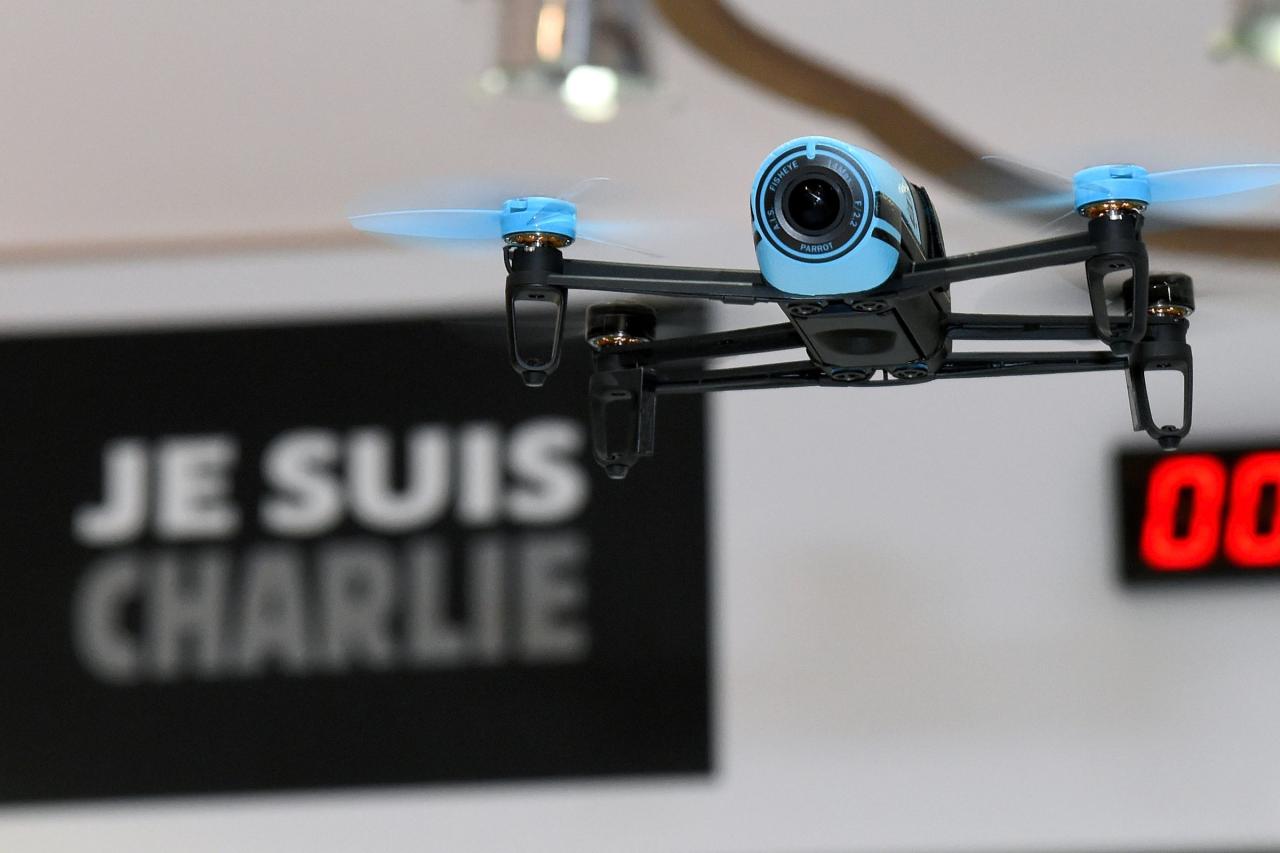
The mysterious drone sightings over Paris present a complex web of social and political implications, extending far beyond the immediate technical questions surrounding their origin and capabilities. The impact on public perception, trust in authorities, and the potential for broader societal disruption are significant concerns that demand careful consideration. The uncertainty surrounding these unmanned aerial vehicles creates a fertile ground for speculation, fear, and potential political maneuvering.The persistent presence of unidentified drones raises serious public safety and security concerns.
The potential for malicious use, such as carrying explosives or engaging in surveillance, is a valid fear. Even the possibility of accidental damage or disruption to air traffic poses a significant risk. This uncertainty fuels anxiety and can lead to a climate of fear, particularly in a city as densely populated as Paris. The psychological impact of these unknown aerial objects cannot be ignored.
Public Trust and Reaction
The mystery surrounding the drones’ purpose and origin directly impacts public trust in authorities. The inability of law enforcement and government agencies to quickly identify and neutralize the threat erodes confidence in their competence and ability to ensure public safety. Delayed or unclear communication from officials only exacerbates this problem. A lack of transparency fuels speculation and conspiracy theories, potentially leading to public distrust and even civil unrest.
Reactions from Various Stakeholders
The drone sightings have elicited diverse reactions from the public, media, and government agencies. A comparison of these perspectives highlights the multifaceted nature of the issue.
- Public: Reactions range from fear and anxiety to fascination and speculation. Many express concern about their safety and privacy, while others view the drones as a novelty or a potential symbol of technological advancement. Social media platforms have become hubs for discussions, with a mix of genuine concern, playful speculation, and conspiracy theories.
- Media: The media has played a significant role in shaping public perception. Initial reports focused on the mystery and potential threat, generating a sense of unease. Subsequent reporting has attempted to balance the fear-mongering with more factual accounts, but the inherent uncertainty continues to fuel sensationalism. The media’s role in disseminating information and shaping public opinion is crucial, but the potential for misinformation and biased reporting also presents a challenge.
- Government Agencies: Government agencies face immense pressure to identify the drones, ensure public safety, and maintain order. Their response to the situation directly impacts public trust and confidence. Initial confusion and a lack of transparency can exacerbate public anxiety. Effective communication, prompt investigation, and demonstrable action are crucial to regaining public trust. Failure to address the issue swiftly and decisively could lead to political repercussions and erosion of public confidence in the government’s ability to manage crises.
For example, the 2014 Gatwick Airport drone incident caused significant disruption, grounding flights and leading to widespread public anxiety. The lack of immediate resolution and the initial uncertainty amplified the public’s concern, mirroring the potential impact of the Paris drone situation. Similarly, the 2015 Paris attacks heightened public sensitivity to security threats, making the current situation even more concerning.
Investigative Approaches
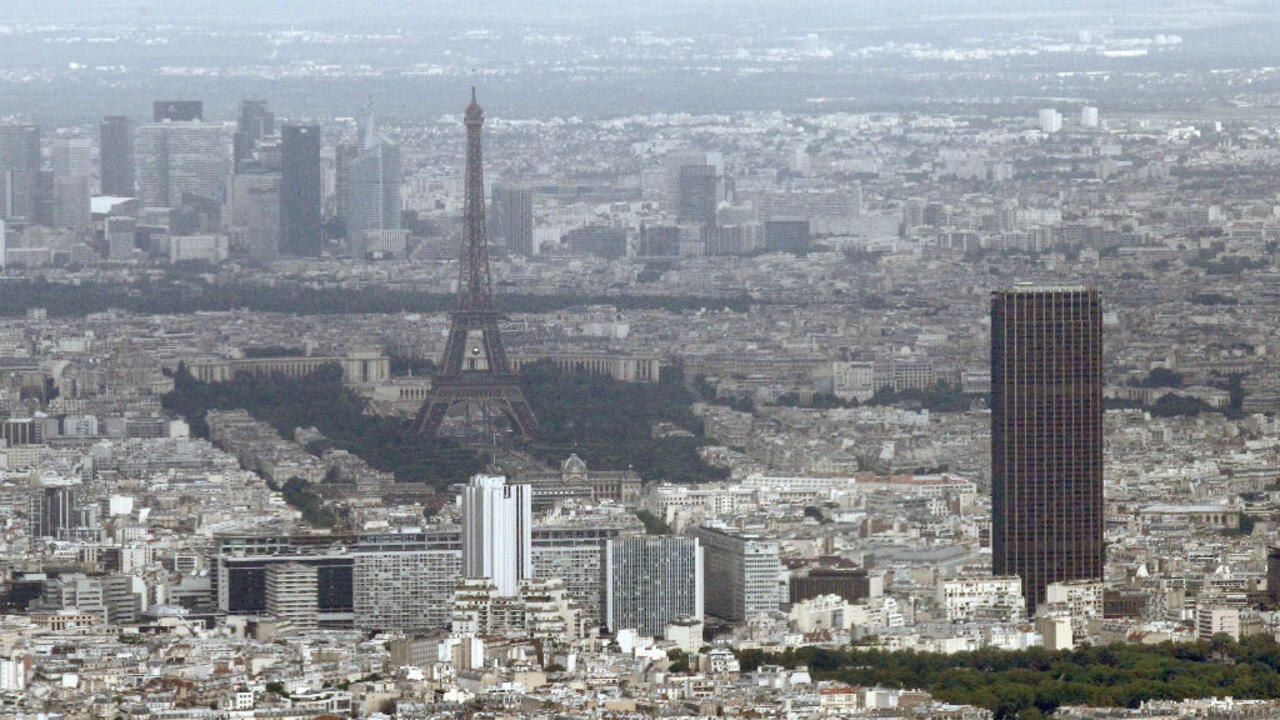
Uncovering the mystery of the Paris drones requires a multi-faceted investigative approach, combining technological expertise, legal understanding, and inter-agency collaboration. Authorities would need to systematically gather and analyze evidence, while carefully considering ethical and legal boundaries.The investigation would likely begin with the compilation of all available data related to the drone sightings. This includes witness testimonies, video and photographic evidence, radar data, and any potential communication intercepts.
The sheer volume of information necessitates a structured approach to ensure no crucial piece of evidence is overlooked.
That whole mystery drone in Paris thing has everyone buzzing. It’s got people wondering about its origins and purpose. One thing that immediately comes to mind is the recent drone crash in Paris , which, while unrelated, highlights the potential risks and concerns surrounding unauthorized drone activity in major cities. Perhaps this mystery drone incident is connected to increased drone regulation or even a simple accident; either way, it’s certainly intriguing.
Evidence Analysis
Analyzing video footage is paramount. Investigators would first assess the video quality, noting resolution, frame rate, and any metadata embedded within the file. This metadata might reveal information about the camera’s location, time of recording, or even the device’s serial number. Next, the video itself would be scrutinized for identifying features: drone model characteristics (size, shape, propeller configuration), unique markings or modifications, and any discernible logos or symbols.
Sophisticated image enhancement techniques might be used to clarify blurry images or extract additional details. Experts would also analyze the drone’s flight path, speed, and maneuverability to determine its capabilities and potential pilot expertise. Finally, a forensic analysis of the video file itself could reveal clues about its origin and any attempts at tampering.
Inter-Agency Collaboration
An investigation of this scale would necessitate collaboration between various law enforcement and intelligence agencies. The French Gendarmerie Nationale might take the lead, coordinating with local police forces to secure crime scenes and interview witnesses. The Direction Générale de la Sécurité Extérieure (DGSE), France’s external intelligence agency, might be involved if there are suspicions of foreign involvement. Experts from the French civil aviation authority (DGAC) would likely contribute their expertise in airspace regulation and drone technology.
International collaboration might be necessary depending on the drone’s origin or if its flight path crossed national borders. The seamless exchange of information and expertise across agencies is crucial for effective investigation.
Legal and Ethical Considerations, Mystery drone paris
Investigating drone activity involves navigating complex legal and ethical landscapes. French law, and international conventions, dictate the legal framework for airspace usage and surveillance. Investigators must adhere strictly to these regulations, obtaining appropriate warrants for searches and seizures. The use of surveillance technologies, such as facial recognition or data interception, must be justified and comply with privacy laws.
Ethical considerations center around the balance between national security and individual rights. The investigation must be conducted transparently, with appropriate oversight to prevent abuses of power. Any dissemination of information must be carefully managed to avoid compromising ongoing investigations or creating undue public alarm. The potential for misidentification or misinterpretation of evidence needs to be carefully managed to ensure that the investigation remains fair and objective.
Conclusion: Mystery Drone Paris
The mystery surrounding the Paris drones remains, a captivating blend of technological intrigue and societal concern. While the exact purpose and origin remain elusive, the incident highlights the vulnerability of major cities to unknown aerial threats and underscores the need for improved drone detection and identification technologies. The ongoing investigation serves as a stark reminder of the evolving challenges in maintaining security and public trust in an increasingly interconnected world.
Further investigation and technological advancements are crucial to resolving this mystery and preventing similar incidents in the future.
Q&A
What types of cameras might these drones possess?
Potentially high-resolution cameras capable of capturing both still images and video, possibly with thermal imaging or other advanced capabilities.
How could the drones communicate with their operators?
They might utilize various communication methods, including encrypted radio frequencies, or even utilize cellular networks for longer range communication.
What legal repercussions could those operating the drones face?
Depending on the drone’s purpose and actions, operators could face charges related to unauthorized airspace usage, privacy violations, or even more serious offenses.
What is the likelihood of these drones being linked to a foreign power?
While possible, it’s currently speculative. A thorough investigation is needed to determine if there’s any link to foreign entities.
